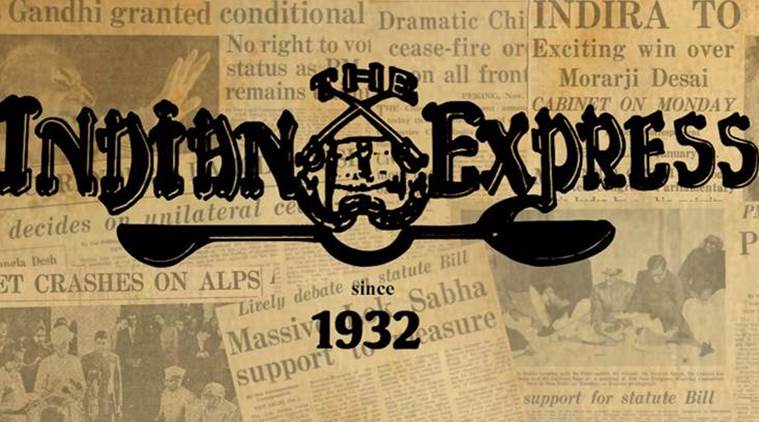Opinion The new assertion
Jantar Mantar protests may point to the making of a new phase in Dalit politics, outside the political mainstream

 The provocation for the May 21 protests at Jantar Mantar — the clashes in Saharanpur — involved mobilisation by both communities, Thakurs and Dalits.
The provocation for the May 21 protests at Jantar Mantar — the clashes in Saharanpur — involved mobilisation by both communities, Thakurs and Dalits.
The Dalit mobilisation on show in Jantar Mantar in Delhi on Sunday reflected a churn within the community. Called to protest the anti-Dalit violence in Saharanpur and the response of the Yogi Adityanath regime, the gathering also amounted to a reproach and a challenge to political parties like the BSP and the Congress. That the Bhim Army and its founder, a young lawyer named Chandrasekhar, could mobilise Dalits in such large numbers, mainly from the districts of western UP and Delhi, speaks of the community’s disenchantment with the existing leadership that claims to speak in its name.
The protests in Delhi also featured Jignesh Mevani, another young Dalit leader who gained national attention after his campaigns in the wake of the flogging of Dalits by vigilantes in Una in Gujarat. There are signs of a wider coalition being forged. The mobilisations have been remarkably peaceful and, so far, the leaders have invoked the rule of law and sought remedies within the ambit of the Constitution. Both the government and the political mainstream need to sit up and pay heed.
The provocation for the May 21 protests at Jantar Mantar — the clashes in Saharanpur — involved mobilisation by both communities, Thakurs and Dalits. Yet, predictably, the Dalits bore the brunt. In this incident, as in others, the lopsidedness of state response compounds the social and economic discrimination that Dalits have historically faced. It is a factor that also unites Dalits across regions, from Una in Gujarat to Saharanpur in UP and the Hyderabad Central University (HCU) campus. Notably, as in the case of Saharanpur, the response to instances of atrocities and discrimination are being directed by groups and leaders outside the political mainstream.
Students of HCU led the campaign to ensure justice for Rohith Vemula; Mevani and others emerged leaders in the course of post-Una protests; and now the Bhim Army has emerged as the new face of Dalit mobilisation in UP. These protests have also been remarkable for rising above the immediate contexts to highlight broader issues of discrimination, from basic safety to the right for political expression to landlessness among Dalits.
Of course, the new leaders will not immediately replace established players like the BSP, which even in its worst defeat in UP maintains a 22 per cent vote share. But the party faces the risk of being overtaken by the new groups, who are more alert to ground realities, and use social media to educate and mobilise cadres. BSP supremo Mayawati may have to recalibrate her politics of election-centric mobilisation and become more responsive to daily acts of discrimination and violence.





